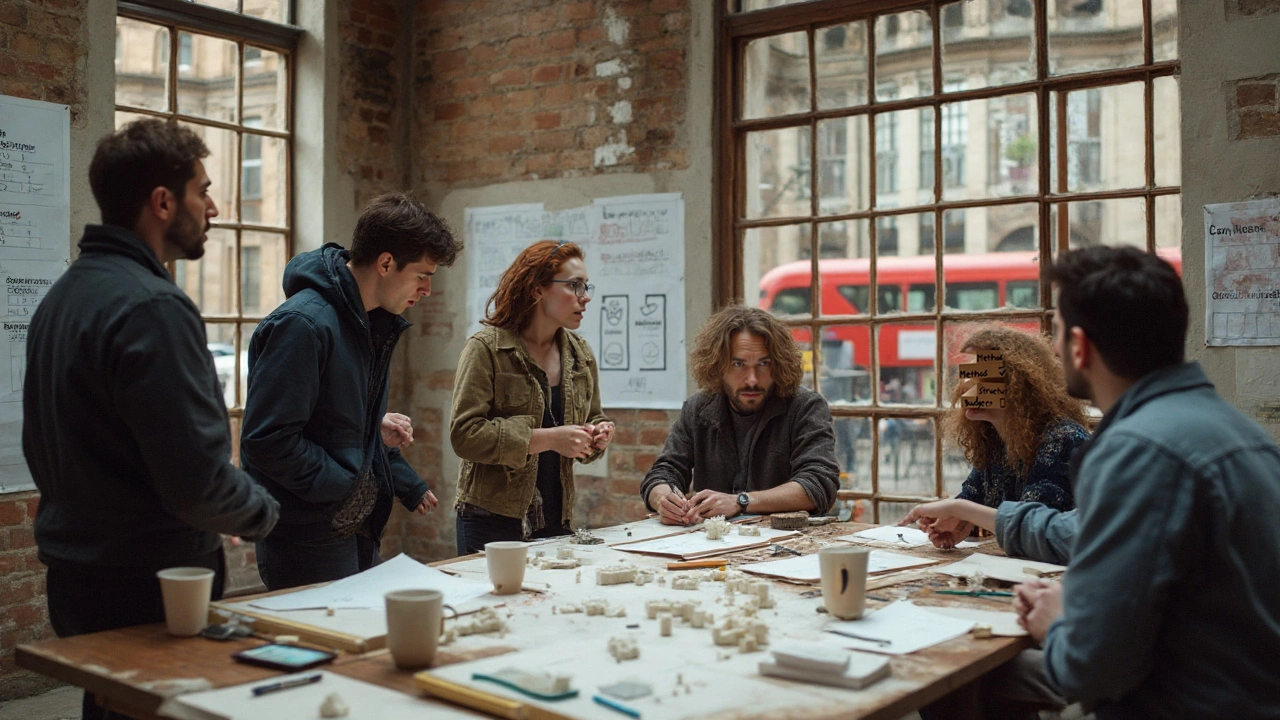Deconstructivism Architecture Explained in Plain Terms
If you’ve walked past a building that looks like it’s been ripped apart and reassembled, you’ve probably seen deconstructivism. It’s a style that throws away straight lines and smooth surfaces in favor of broken forms, sharp angles, and surprise twists. The goal isn’t to be chaotic for chaos’s sake – it’s about showing the hidden tension and energy inside a structure.
Born in the late 1980s, deconstructivism grew out of ideas from philosophy and art that questioned traditional order. Architects started treating a building like a sculpture that could be twisted, tilted, or split apart. The result is a look that feels both futuristic and unsettling, forcing you to notice the space in a new way.
Key Features You Can Spot Right Away
First, expect fragmented geometry. Walls, roofs, and columns never line up neatly; they intersect at odd angles. Second, see a lot of non‑linear forms – think swirling curves mixed with jagged edges. Third, materials are often left raw: exposed steel, concrete, or glass that shows the building’s bones. Finally, the layout is usually unpredictable; rooms might appear to float or hang in mid‑air.
These traits aren’t random. They’re meant to create visual tension and make the viewer think about how space works. When you see a building that looks like it’s collapsing or exploding, you’re looking at deconstructivist intent.
How to Use Deconstructivism in Your Designs Today
You don’t need a big firm to bring deconstructivist ideas into a project. Start by sketching a simple box and then chopping it into pieces. Rearrange the sections, rotate them, and add unexpected angles. Keep the material palette honest – let concrete stay concrete and steel stay steel. The honesty of the materials adds to the raw feel.
When planning interiors, play with furniture placement that breaks the grid. A floating staircase or a slanted wall can become a focal point. Even small details, like a wall that’s half‑exposed brick, can echo the larger deconstructivist vibe.
Famous examples help you get a feel for the style. Frank Gehry’s Guggenheim Museum in Bilbao looks like a metallic ship that’s been folded. Zaha Hadid’s Heydar Aliyev Center in Baku flows like a liquid wave, with no sharp corners. Both show how the style can be bold yet functional.
Critics sometimes say deconstructivism ignores practicality, but many projects prove otherwise. The key is to balance drama with usability. Keep circulation clear, even if the visual path is winding. Test your design with real users to make sure the excitement doesn’t turn into confusion.
In short, deconstructivism is about breaking the rules to reveal new possibilities. It’s a conversation between chaos and order, material honesty and artistic expression. Whether you’re an architect, a student, or just a design lover, spotting the fractured geometry, raw materials, and daring angles will help you recognize the style. And if you want to try it yourself, start small, stay true to the materials, and let the forms speak for themselves.

Pushing the Envelope with Deconstructivism: Design, Structure, and Cost
A clear, practical guide to pushing deconstructivism beyond sculpture-covering design methods, structure, budget, and buildability, with examples and checklists.
Read more